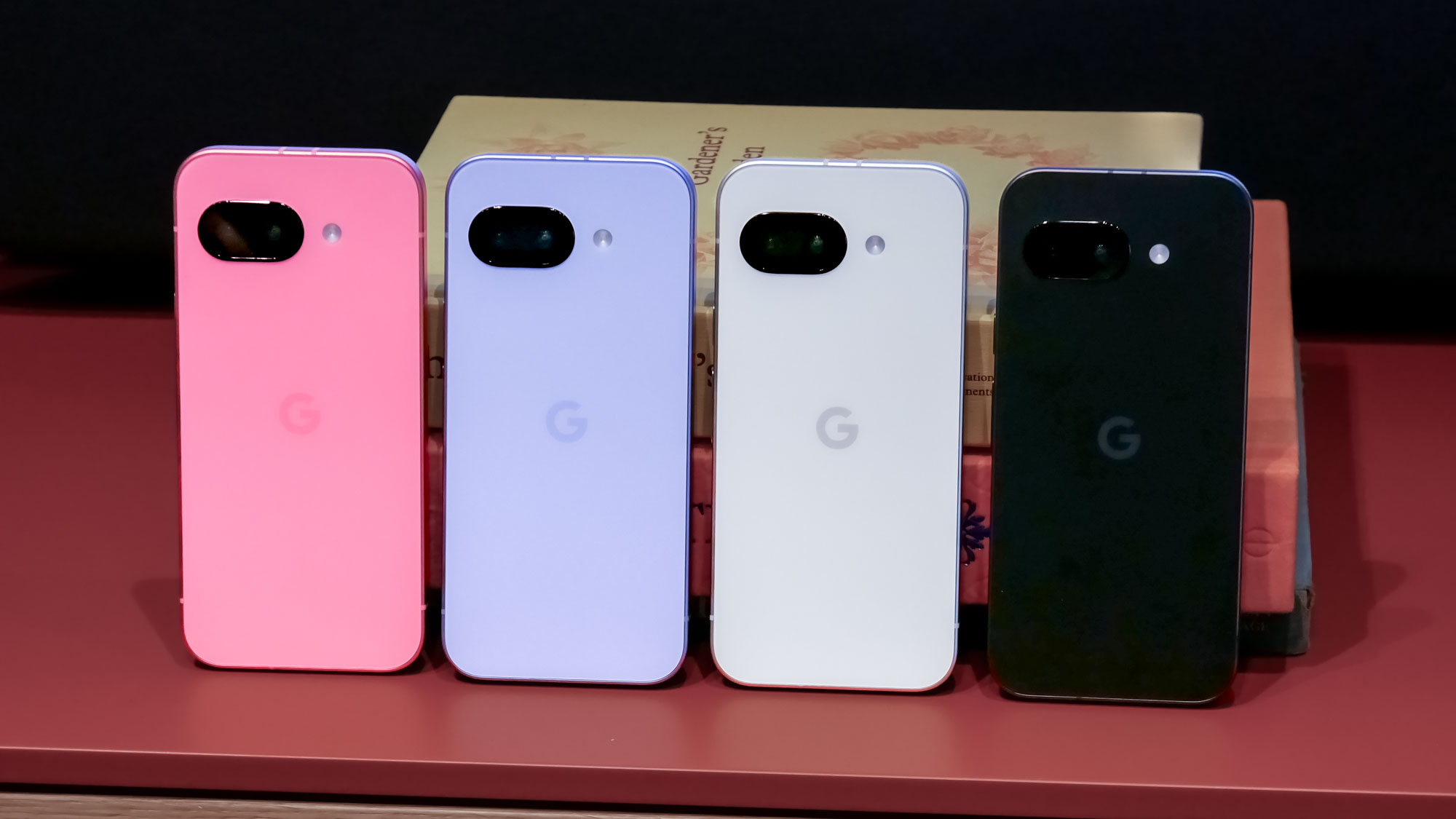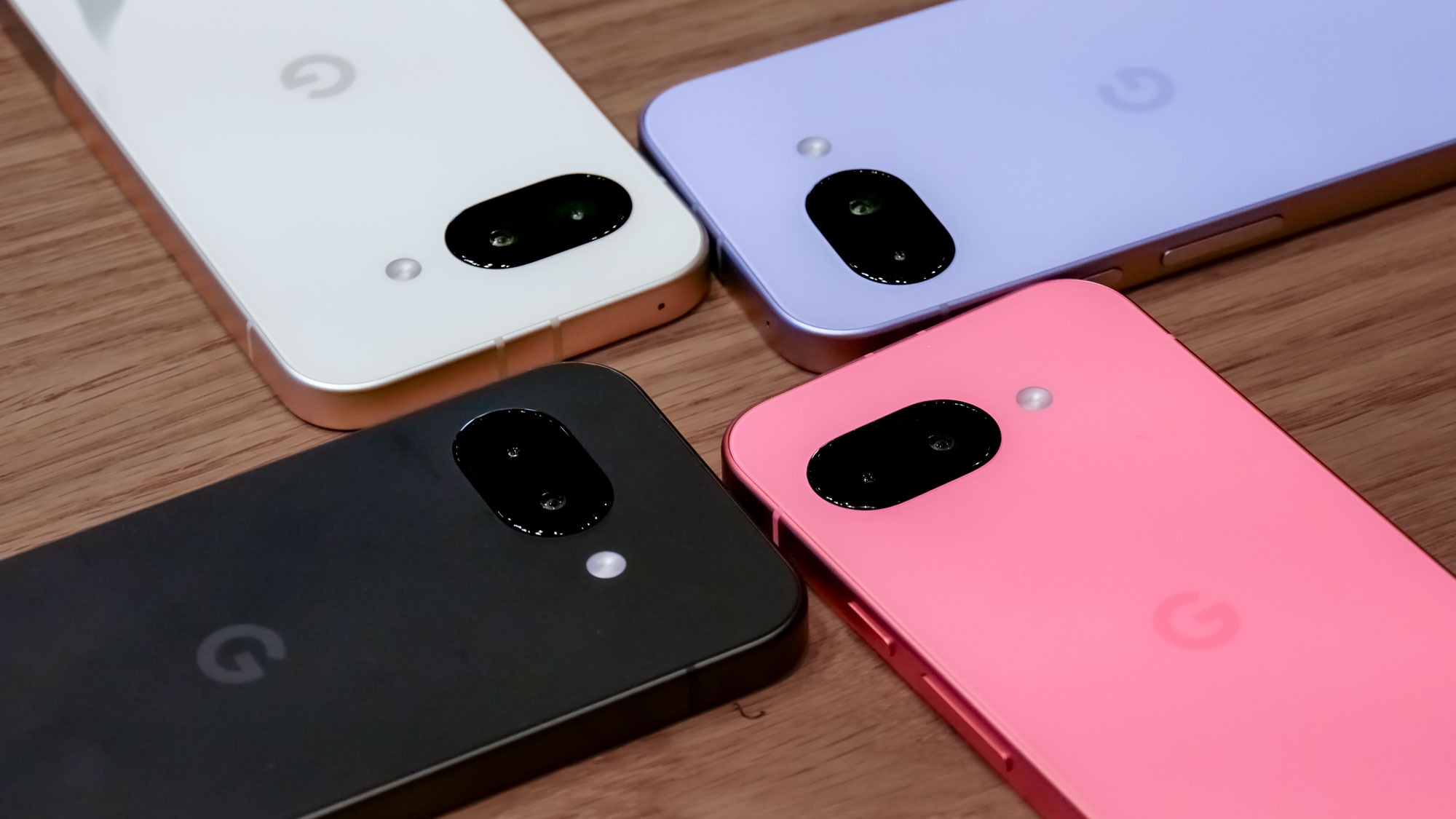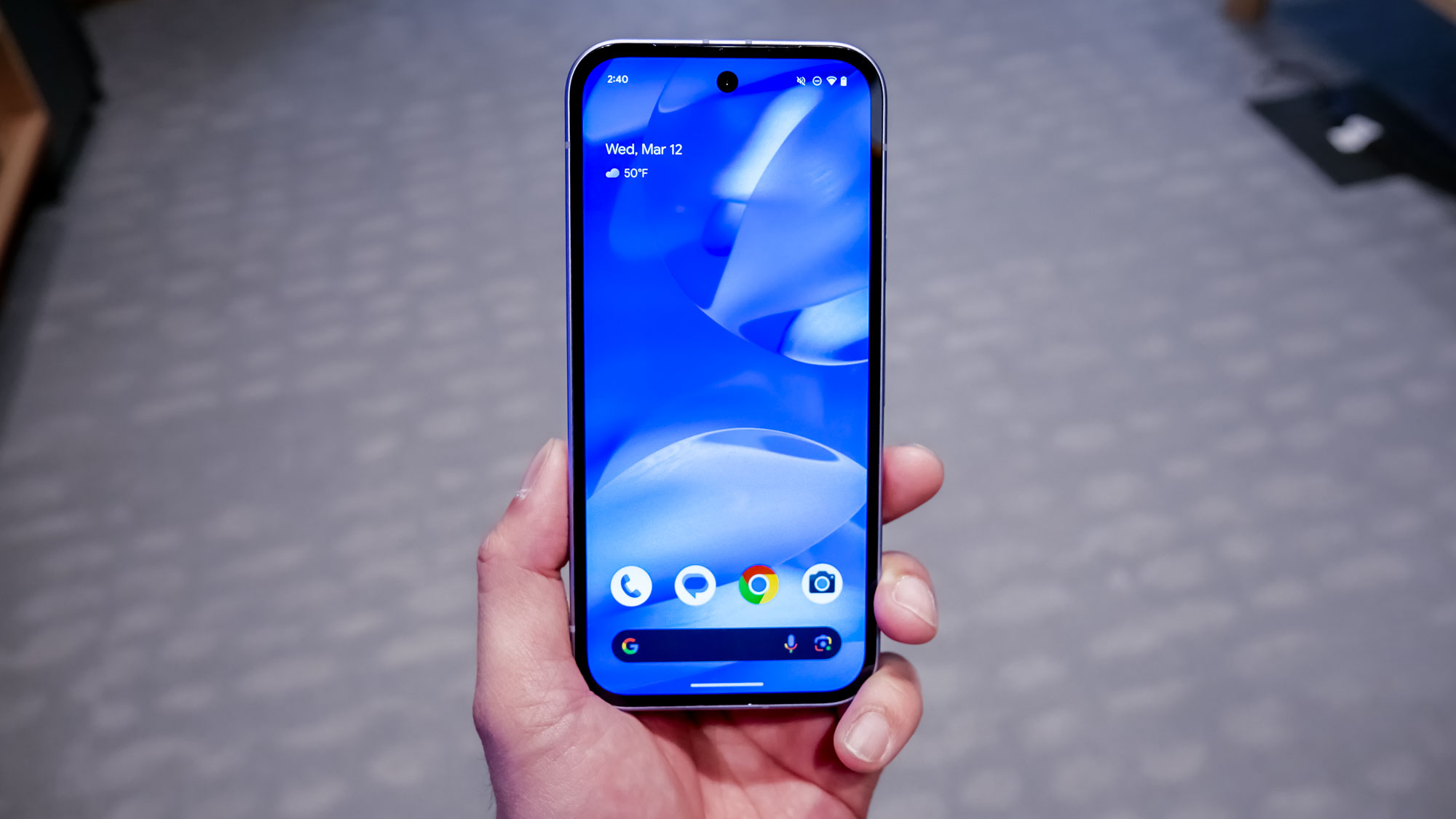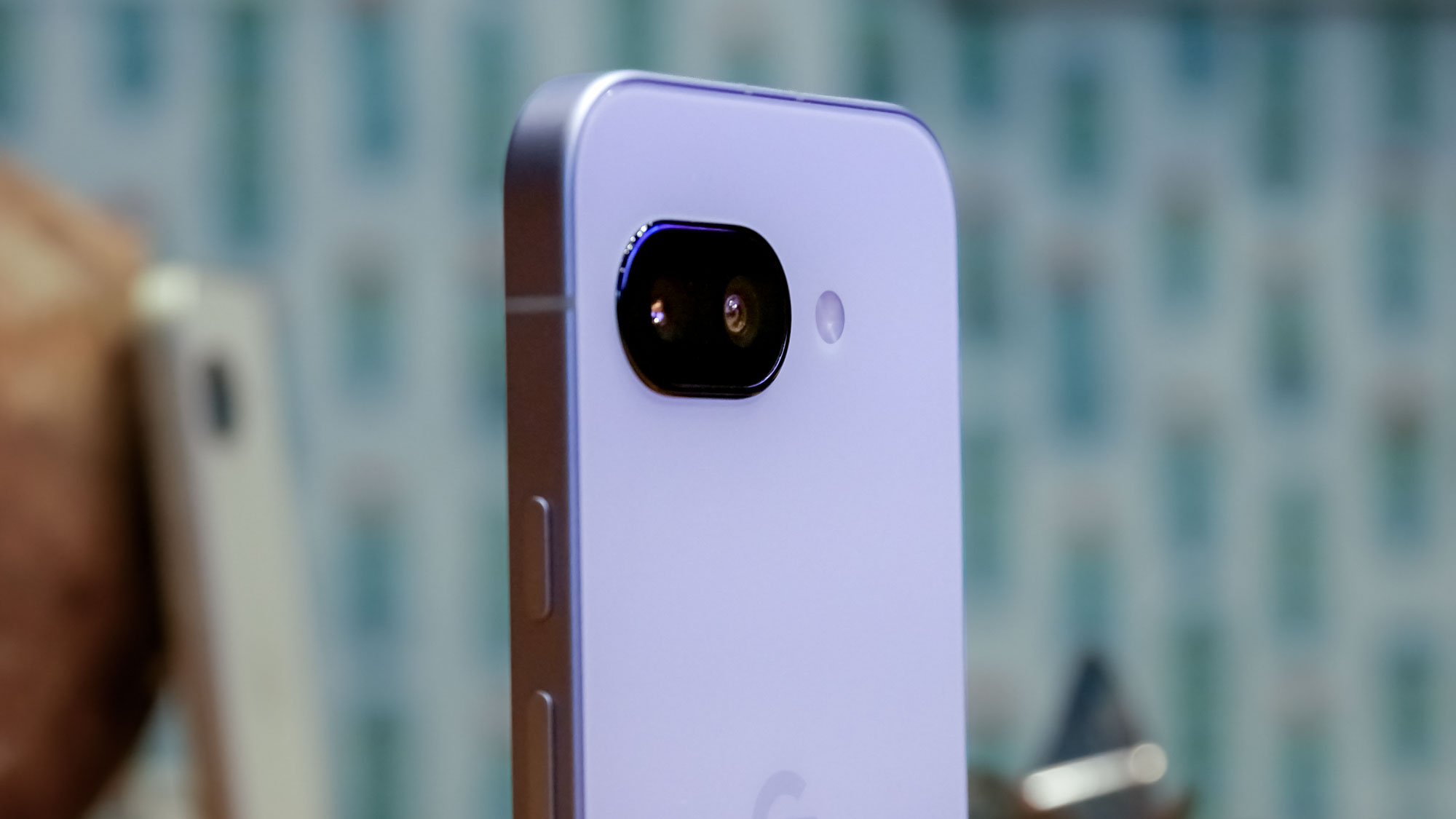Google Pixel 9a just got an official release date — here's when you can buy it
Google sets a date for its latest phone

The wait for the Google Pixel 9a will soon be over. After announcing its new midrange phone earlier this month, Google has set official Pixel 9a release dates depending on where you are in the world.
For shoppers in the U.S., U.K., and Canada, the Pixel 9a hits retail shelves on April 10. A few days later on April 14, Pixel 9a sales expand to 23 European countries. Australians will be able to get their hands on the phone starting on April 16 along with customers in India, Singapore, Taiwan and Malaysia.
Google says the Pixel 9a will eventually make its way to Japan, too.
Google Pixel 9a: What you'll pay

As a reminder, the Pixel 9a starts at $499 / £499 / AU$849. That gets you a 128GB model, though you can upgrade to 256GB of storage for an extra $100. We're tracking Pixel 9a deals to find ways for you to save on your phone purchase.
The Pixel 9a debuted on March 19, though Google was initially mum on a specific release date for the phone, saying only that it would ship sometime in April.
Google said the Pixel 9a rollout was put on hold due to a "component quality issue" that it wanted to resolve before shipping the phone. A leaker claimed the problem centered around "heating [problems]... Especially around the camera," though that claim was never officially confirmed.
In fact, a spokesperson for Google dismissed that claim out of hand. "Rumors and speculation regarding this delay are false," they said in a statement to Tom's Guide. "A passive component in Pixel 9a didn’t meet our rigorous quality standards for device longevity and rather than ship it, we made the difficult decision to delay the on shelf and take corrective action on the small number of affected units."
Sign up to get the BEST of Tom's Guide direct to your inbox.
Get instant access to breaking news, the hottest reviews, great deals and helpful tips.
Google Pixel 9a: What to expect

While not a flagship phone, the Pixel 9a is nevertheless an important part of Google's phone lineup, as it provides a lower-cost alternative to the company's pricier models without many compromises in terms of performance or camera capabilities.
To that end, the Pixel 9a features the same Tensor G4 processor found in the Pixel 9 flagships released last fall. That should enable the Pixel 9a to support many of the AI-powered features available on those phones, like Add Me for inserting people into group shots and the Pixel Studio image generator.
However, not every Pixel 9 AI feature will appear on the Pixel 9a, apparently do a scaled-back version of Gemini Nano running on the cheaper phone. The Pixel Screenshots feature, which allows you to search screenshots by content, and Call Notes, which summarizes recorded phone calls, are both missing from the Pixel 9a.
Still, the Pixel 9a boosts other improvements, like a larger battery than the power pack that appeared in last year's Pixel 8a — 5,100 mAh versus 4,492 mAh. That, coupled with the power management features of the Tensor G4 silicon, should help the Pixel 9a last longer on a charger.

Camera performance figures to be better, too, even with Google using a 48MP sensor on the Pixel 9a's main camera instead of the 64MP sensor that the Pixel 8a used. That's because the Pixel 9a features a wider aperture to let in more light and capture more details. The new phone also adds support for astrophotography and macro shots.
My colleague John Velasco has been impressed with Google's new phone based on his Pixel 9a hands-on time. The abundance of AI features plus the $499 price tag makes a nice contrast with the $599 iPhone 16e that Apple recently released. (For more on how those phones measure up, see our Pixel 9a vs. iPhone 16e comparison.)
In short, the Pixel 9a sounds like it deserves consideration as one of the best cheap phones under $500. We plan on testing the phone once we get our hands on it to share our final verdict on the Pixel 9a.
More from Tom's Guide
Philip Michaels is a Managing Editor at Tom's Guide. He's been covering personal technology since 1999 and was in the building when Steve Jobs showed off the iPhone for the first time. He's been evaluating smartphones since that first iPhone debuted in 2007, and he's been following phone carriers and smartphone plans since 2015. He has strong opinions about Apple, the Oakland Athletics, old movies and proper butchery techniques. Follow him at @PhilipMichaels.
You must confirm your public display name before commenting
Please logout and then login again, you will then be prompted to enter your display name.

